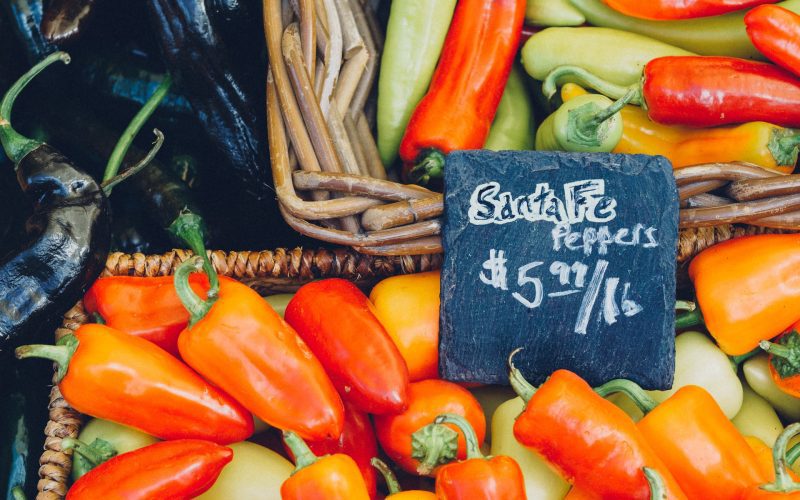Navigating Rising Costs: How Food Price Increases Affect Your Wallet
As food prices continue to rise, consumers are facing the challenge of navigating the impact on their wallets. The increasing cost of food has significant implications for household budgets, making it crucial to understand the factors driving these price increases and explore strategies to mitigate the effects. Let’s delve into the details and uncover how food price increases affect your wallet and what you can do about it.
Factors Driving Food Price Increases
Several factors contribute to the upward trend in food prices, creating a ripple effect on consumers’ wallets. One of the primary drivers is the rise in production costs. Fluctuating commodity prices, increased labor expenses, and higher transportation costs all play a role in driving up the overall cost of food production. These increased costs are passed on to consumers, resulting in higher prices at grocery stores and restaurants.
Weather conditions and climate-related events also impact food prices. Droughts, floods, and other extreme weather events can disrupt crop yields and reduce the overall supply of certain food items. This imbalance between supply and demand leads to higher prices as consumers compete for limited resources. Additionally, geopolitical factors, trade policies, and currency fluctuations can influence food prices on a global scale.
Impact on Household Budgets
Rising food prices directly affect household budgets, requiring consumers to allocate a larger portion of their income to food expenses. As food is a necessity, it competes with other essential expenses such as housing, utilities, education, and healthcare. When food prices increase, consumers may have to make difficult choices and adjust their spending in other areas to accommodate the higher costs.
Low-income households and individuals on fixed incomes are particularly vulnerable to the impact of rising food prices. They may face increased financial strain and have limited flexibility in reallocating their budgets. As a result, they may be forced to compromise on the quality or quantity of the food they purchase, which can have implications for nutrition and overall well-being.
Strategies to Navigate Rising Food Costs
While consumers may not have control over external factors that drive food price increases, there are strategies they can employ to mitigate the impact on their wallets:
- Budgeting and meal planning: Creating a realistic budget and planning meals in advance can help consumers make informed choices and prioritize their spending on food.
- Shopping smart: Comparing prices, seeking out discounts and promotions, and using loyalty programs can help consumers get the best value for their money.
- Cooking at home: Eating out less frequently and cooking meals at home can be a cost-effective alternative. Cooking from scratch and using affordable ingredients can stretch the food budget while still providing nutritious meals.
- Buying in bulk: Purchasing non-perishable items in bulk can be more cost-effective in the long run. However, it’s essential to consider storage space and consumption needs before buying in large quantities.
- Growing your own food: For those with access to space, time, and resources, cultivating a home garden can help supplement food supplies and reduce reliance on store-bought produce.
- Exploring local and seasonal options: Buying local and seasonal produce can often be more affordable, as these items are readily available and require fewer resources for transportation.
Advocacy and Policy Considerations
Addressing the issue of rising food prices requires a collective effort from consumers, policymakers, and advocacy groups. It is essential to:
- Promote transparency: Encouraging transparency in the food supply chain can help identify inefficiencies and address price disparities.
- Support sustainable agriculture: Investing in sustainable farming practices can enhance productivity and reduce the vulnerability of crops to climate change, leading to more stable food prices.
- Advocate for fair trade: Supporting fair trade initiatives ensures that farmers receive fair compensation for their products, reducing the potential for exploitative pricing practices.
- Enhance food security: Implementing measures to improve food security, such as strengthening social safety nets and supporting community food programs, can help alleviate the impact of rising food prices on vulnerable populations.
By implementing a combination of individual strategies and advocating for broader policy changes, consumers can navigate the challenges posed by rising food costs and protect their wallets in the face of these inflationary pressures.
Conclusion
Rising food prices have a direct impact on consumers’ wallets, forcing them to allocate a larger portion of their income to meet their nutritional needs. Understanding the factors driving these price increases and adopting strategies to navigate the challenges can help individuals and families mitigate the impact on their budgets. With a combination of mindful spending, smart shopping, and informed decision-making, consumers can adapt to the changing food price landscape and ensure their financial well-being.












